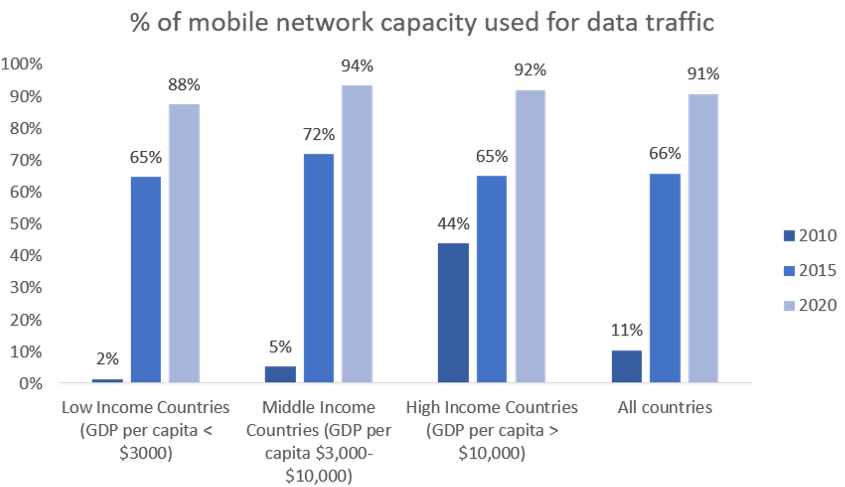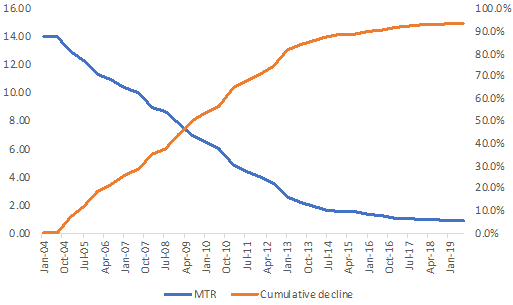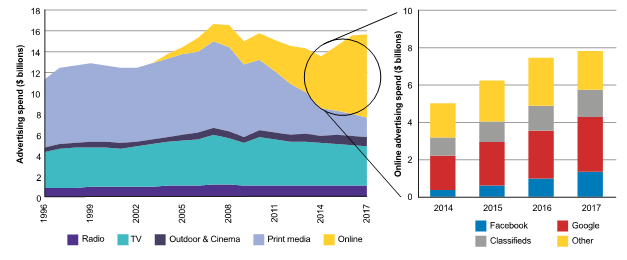
The regulation of price bundles
27.08.2020Introduction According to research conducted by Ofcom in the United Kingdom (Ofcom 2020b: 22), U.K. customers make an average saving of 20-28 per cent, compared with purchasing the same services individually. Not surprisingly, these savings have led to 80 per cent of customers purchasing their electronic communication services in bundles,[1] but Ofcom also found (Ofcom 2020a: 19) that not all consumers are benefiting, with the 41 per cent of customers who do not recontract or switch provider at the end of their contract period missing out on the available savings. Price bundles are both a boon for customers and an…
Read »






